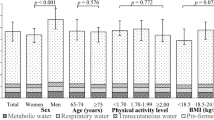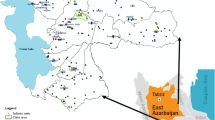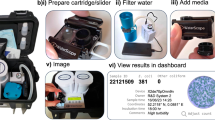Abstract
A Footprint Integrated approach was used to assess and compare the impact on the environment and on the resources of tap water (TW) and pet-bottled natural mineral water (BW). A set of BW from six Italian companies was analyzed. This set covers about the 10% (by volume) of the total marketed bottled waters in Italy. TW is the public water available in Siena (Italy). The functional unit is a volume of water of 1.5 L.An ad hoc Footprint methodology was defined, integrating Ecological Footprint (EF), Water Footprint (WF) and Carbon Footprint (CF). A Life Cycle Assessment (LCA) was performed, in order to derive the material and energy inputs and outputs of each upstream and downstream process required by the two ways of drinking water.In the comparison based on Ecological Footprint and Carbon Footprint, tap water showed about 300 times lower values than bottled water. On the contrary, Water Footprint values were quite similar: TW displayed the same value of the average BW. The Footprint Integrated results were used to assess the Footprint savings allowed by tap water drinking. Water Footprint reduction chances were also discussed, including a comparison between PET, PLA (polylactic acid) and glass in bottling practice. Tap water seemed to be able to reduce his water consumption and withdrawal more than bottled water.
Similar content being viewed by others
Article PDF
Author information
Authors and Affiliations
Corresponding author
Rights and permissions
About this article
Cite this article
Botto, S. Tap Water vs. Bottled Water in a Footprint Integrated Approach . Nat Prec (2009). https://doi.org/10.1038/npre.2009.3407.1
Received:
Accepted:
Published:
DOI: https://doi.org/10.1038/npre.2009.3407.1



